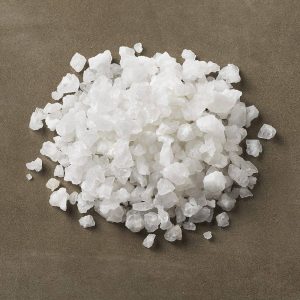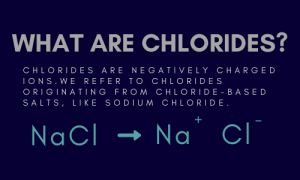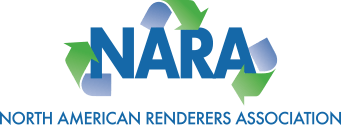This article contains sponsored content.
Guest Post By NARA Member, Eric Schnakenberg, Area Manager at Chem Aqua Midwest

Chlorides – What are they? The short answer is salt. Where do they come from? Most likely your water softener and its regeneration process. These softeners are great plant assets used to protect the boilers, scrubbers, and other water using equipment in plant operations, but they discharge chlorides during their cleaning cycles. Why do chlorides matter? They are difficult to remove from waste streams and the environment. Plus, the EPA now has them in their crosshairs as an additional item to regulate.


Steve Whitlock with The Environmental Protection Agency (EPA) recently gave a presentation where he stated his team has been tasked with implementing new effluent guidelines specifically for the food industry. His scope includes looking at high chloride producing specific streams within food plants (including rendering and hide producing facilities) with the intent to recommend plant permit changes to lower or restrict high chloride wastewater discharge. This will, in effect, lower the impact of chlorides on the environment, but could be a tall task for many food manufacturers.
Although the details are in early stages and we have not received formal guidance, the impression is that these restrictions will most likely mean potential equipment changes or additions within the plant and cause a shift in the way water is treated. This could mean a diversion from traditional water softeners or the need to utilize a technology to divert high chloride waste streams to specific flow treatment options such as a total evaporation technology.
Adapting to the potential chloride restrictions presents both a challenge and an opportunity for rendering facilities to innovate and improve environmental stewardship. This may be the best opportunity to explore alternative softener technologies like RO (Reverse Osmosis). RO technology frequently provides a significant ROI for rendering facilities through boiler energy/water savings. It can also be a great addition to existing pretreatment systems currently being utilized.
During the presentation Mr. Whitlock indicated they hope to open the proposed new guidelines to public comment in Dec 2023. So there is time to create a plan and be ready should these changes come forward. To navigate the chloride restrictions effectively, rendering facility owners and operators should seek expert guidance to discuss their individual plant’s potential impact.
Plans will have to be fluid until the formal guidelines are determined, but Eric Schnakenberg and the Chem Aqua Food/Rendering Team are trusted water treatment solutions experts who can provide assistance and recommendations.

